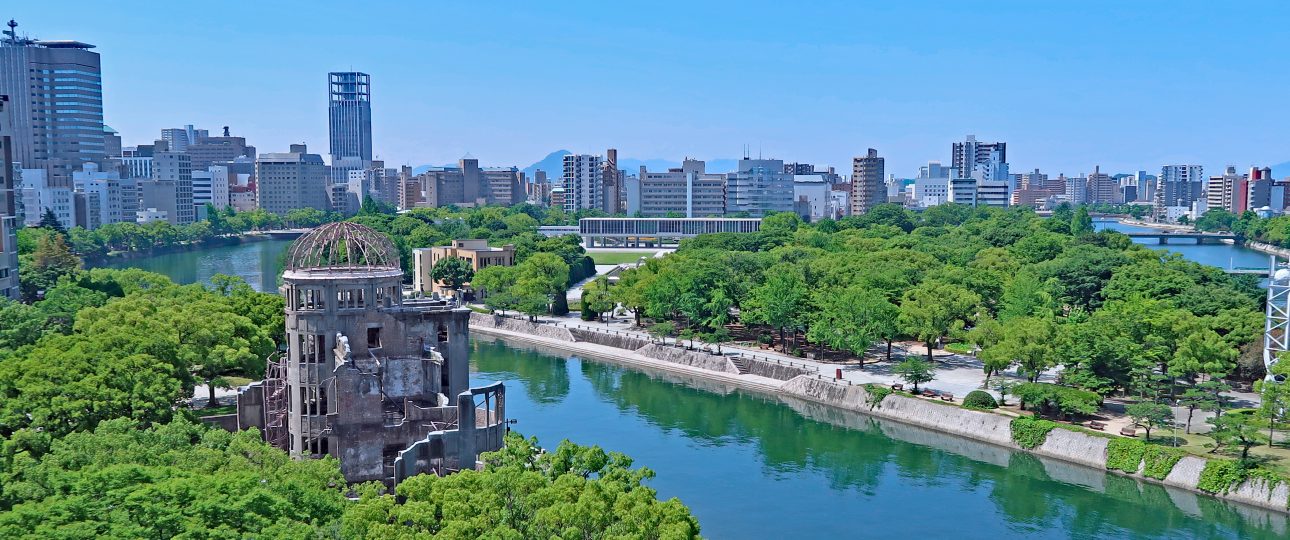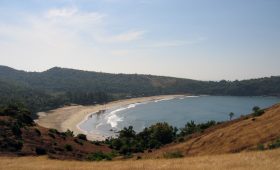Welcome to Hiroshima
Hiroshima, located in western Japan, is a city that intertwines profound history with vibrant culture and stunning natural landscapes. Known for its resilience and commitment to peace, Hiroshima offers a unique experience for travelers seeking both education and inspiration.
The Historical Significance of Hiroshima
Hiroshima is etched in history as the first city to endure an atomic bomb attack on August 6, 1945. Today, it stands as a testament to peace and recovery. The Hiroshima Peace Memorial Park, situated at the bomb’s epicenter, is a poignant reminder of the past and a call for a peaceful future.
Exploring the Peace Memorial Park
The Hiroshima Peace Memorial Park is a must-visit. It houses several significant monuments, including the A-Bomb Dome, a haunting symbol of the devastation. The Children’s Peace Monument is dedicated to the young lives lost. Each site offers a moment for reflection and remembrance.
Visiting the Hiroshima Peace Memorial Museum
Adjacent to the park, the Hiroshima Peace Memorial Museum offers a comprehensive look at the events of 1945. Through artifacts, photographs, and personal stories, visitors gain a deeper understanding of the bombing’s impact and the ongoing efforts for nuclear disarmament.
Natural Beauty in Hiroshima
Beyond its historical sites, Hiroshima boasts breathtaking natural beauty. Miyajima Island, a short ferry ride away, is renowned for the Itsukushima Shrine and its “floating” torii gate, which appears to hover above the water at high tide. For panoramic views, hike up Mount Misen and take in the stunning vistas of the Seto Inland Sea.
Getting to Hiroshima
Reaching Hiroshima is straightforward. Fly into Hiroshima Airport, which offers domestic flights and connections from Seoul, Bangkok, and China. From Tokyo, a flight takes about 90 minutes. Alternatively, the Sanyo Shinkansen from Osaka to Fukuoka stops in Hiroshima, with direct Nozomi trains from Tokyo taking around four hours.
Local Transportation in Hiroshima
Once in Hiroshima, getting around is easy. The Hiroshima Electric Railway, or Hiroden, provides a reliable tram network connecting key attractions like the Peace Memorial Park and Miyajima Island. For a different perspective, consider cycling along the Setouchi Shimanami Kaido, a scenic route linking islands in the Seto Inland Sea.
Best Time to Visit Hiroshima
Hiroshima’s climate varies, with warm southern coastlines and snowy northern mountains. Summers average 26°C but can exceed 35°C. Spring (March to May) and autumn (September to November) are ideal for visiting, with cherry blossoms and fall foliage enhancing the city’s beauty. Be prepared for hot, humid summers with light clothing and sunscreen.
Summary of Facts
- Hiroshima is historically significant due to the atomic bomb attack in 1945.
- The Hiroshima Peace Memorial Park and Museum commemorate the victims and advocate for peace.
- Miyajima Island, near Hiroshima, features the iconic Itsukushima Shrine.
- Hiroshima is accessible via Hiroshima Airport or by train from major Japanese cities.
- The Hiroshima Electric Railway (Hiroden) is an efficient way to navigate the city.
- Spring and autumn offer the best visiting conditions, with cherry blossoms and fall foliage.



